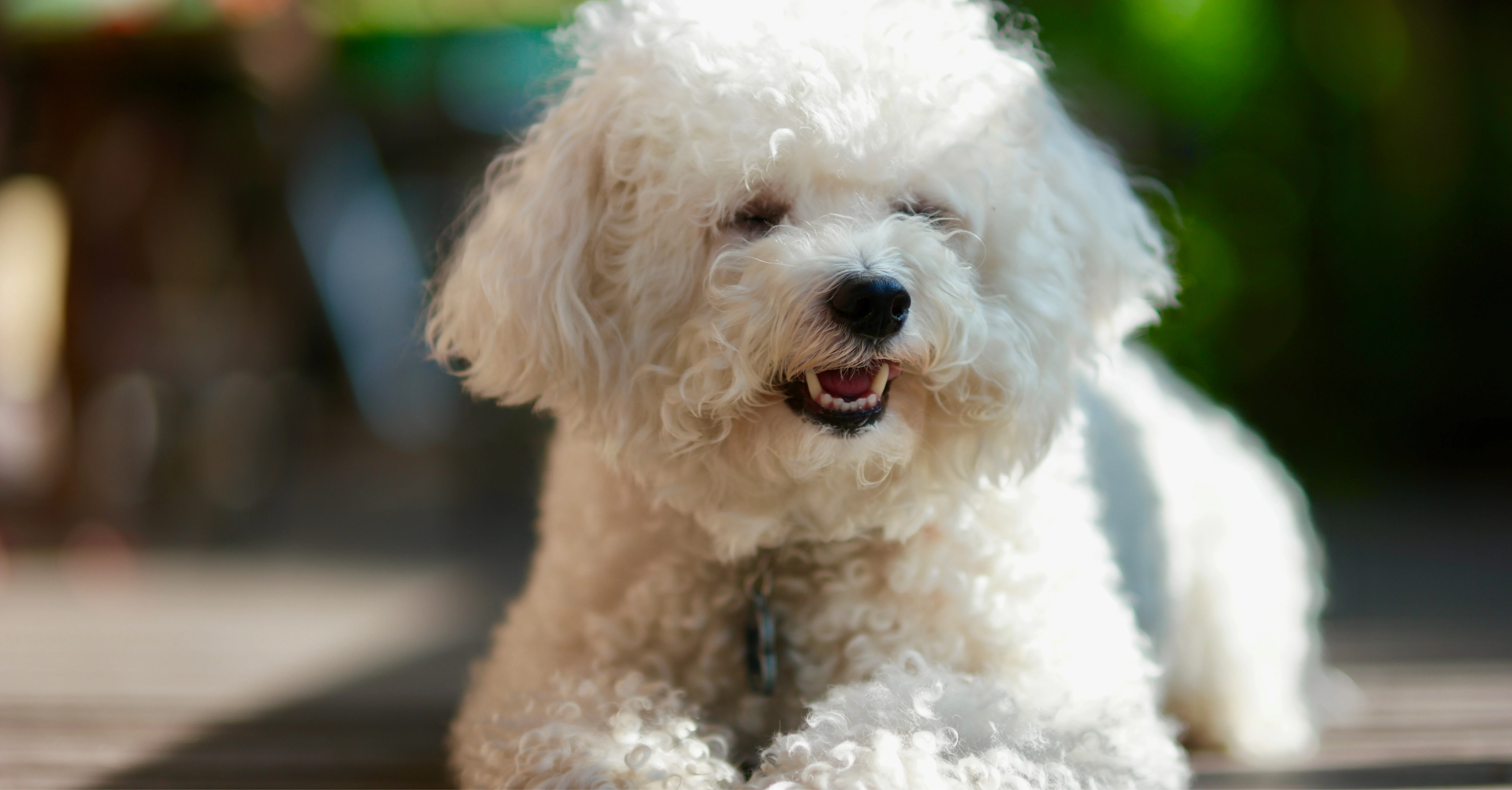When it comes to delightful canine companions, few breeds can rival the charm and affection of the Bichon Frise. With their adorable fluffy white coats, perky personalities, and unwavering loyalty, these small dogs have captured the hearts of countless dog lovers around the world. In this blog post, we will explore the history, temperament, care, and overall appeal of the Bichon Frise, shedding light on why they are such beloved pets in the United Kingdom and beyond.
A Brief History
The Bichon Frise is an enchanting dog breed that can trace its origins back to the Mediterranean region, specifically the islands of Tenerife and Malta. This small, fluffy, and white-coated breed has a rich history that dates back several centuries, making it a beloved companion to nobility and aristocracy throughout the ages.
The exact origins of the Bichon Frise are somewhat shrouded in mystery. However, it is believed to be a descendant of the Barbichon, a poodle-like breed, which interbred with local dogs during the 14th century. The result of this crossbreeding was a small and affable dog that possessed an impressive coat and charming personality.
The Bichon Frise’s popularity began to rise rapidly during the Renaissance period in the 16th century. Sailors traveling from Tenerife to the mainland ports of Italy and Spain would often bring these delightful dogs with them on their voyages. The sailors’ encounters with foreign cultures and royal courts allowed the Bichon Frise to gain recognition and popularity across Europe.
The Bichon Frise quickly captured the hearts of European nobility and aristocracy, who found joy in the dog’s elegant appearance and lovable temperament. It became a favoured breed among the French, Italian, and Spanish nobles, who lavished the Bichon Frise with attention and adorned them with beautiful accessories. These royal patrons often kept the dogs as loyal companions and treasured members of their households.
During the 16th and 17th centuries, the Bichon Frise became a popular subject for artists, who depicted the breed in numerous paintings and tapestries. These pet artworks showcased the Bichon Frise’s distinctive white coat, expressive eyes, and endearing appearance, further solidifying its reputation as a breed of charm and grace.
As the Bichon Frise continued to gain prominence, it caught the attention of French royalty, including King Francis I and King Henry III. These monarchs were particularly fond of the breed and ensured its continued presence in the royal court. The breed’s association with the French royal court led to its name “Bichon” (derived from “Barbichon”) and “Frise” (meaning curly or frizzy in French), referring to its beautiful, curly coat.
Despite its aristocratic origins, the Bichon Frise also found its way into the hands of commoners. They were adored by street performers and organ grinders, who treasured the breed for its entertaining nature and striking appearance. The Bichon Frise’s presence in the streets and marketplaces further contributed to its popularity and widespread recognition.
However, as with many breeds, the Bichon Frise’s fortunes fluctuated over the centuries. The breed faced a decline in popularity during the French Revolution, as many noble families lost their wealth and power. Bichon Frises were often abandoned or left to roam the streets, leading to crossbreeding with other local dogs. These crossbreeds ultimately gave rise to several other Bichon varieties, such as the Bichon Bolognese and the Bichon Havanese.
It wasn’t until the late 19th century that interest in the Bichon Frise was revived. French breeders and enthusiasts, recognising the breed’s unique qualities and historical significance, made efforts to restore and preserve its original characteristics. By selectively breeding dogs with traits reminiscent of the original Bichon Frise, they aimed to revive the breed’s noble lineage and maintain its distinctive appearance.
In 1933, the Bichon Frise was officially recognised as a breed by the Kennel Club in the United Kingdom, solidifying its place in the world of purebred dogs. Since then, the Bichon Frise has continued to capture the hearts of dog lovers worldwide, including those in the United States, where it was recognised by the American Kennel Club in 1972.
Today, the Bichon Frise remains a cherished and beloved companion dog. Its cheerful and affectionate nature, coupled with its iconic white fluffy coat, continues to win admirers around the globe. While no longer exclusively associated with royalty, the Bichon Frise’s history of charm and aristocracy is still evident in its demeanour and elegant presence.
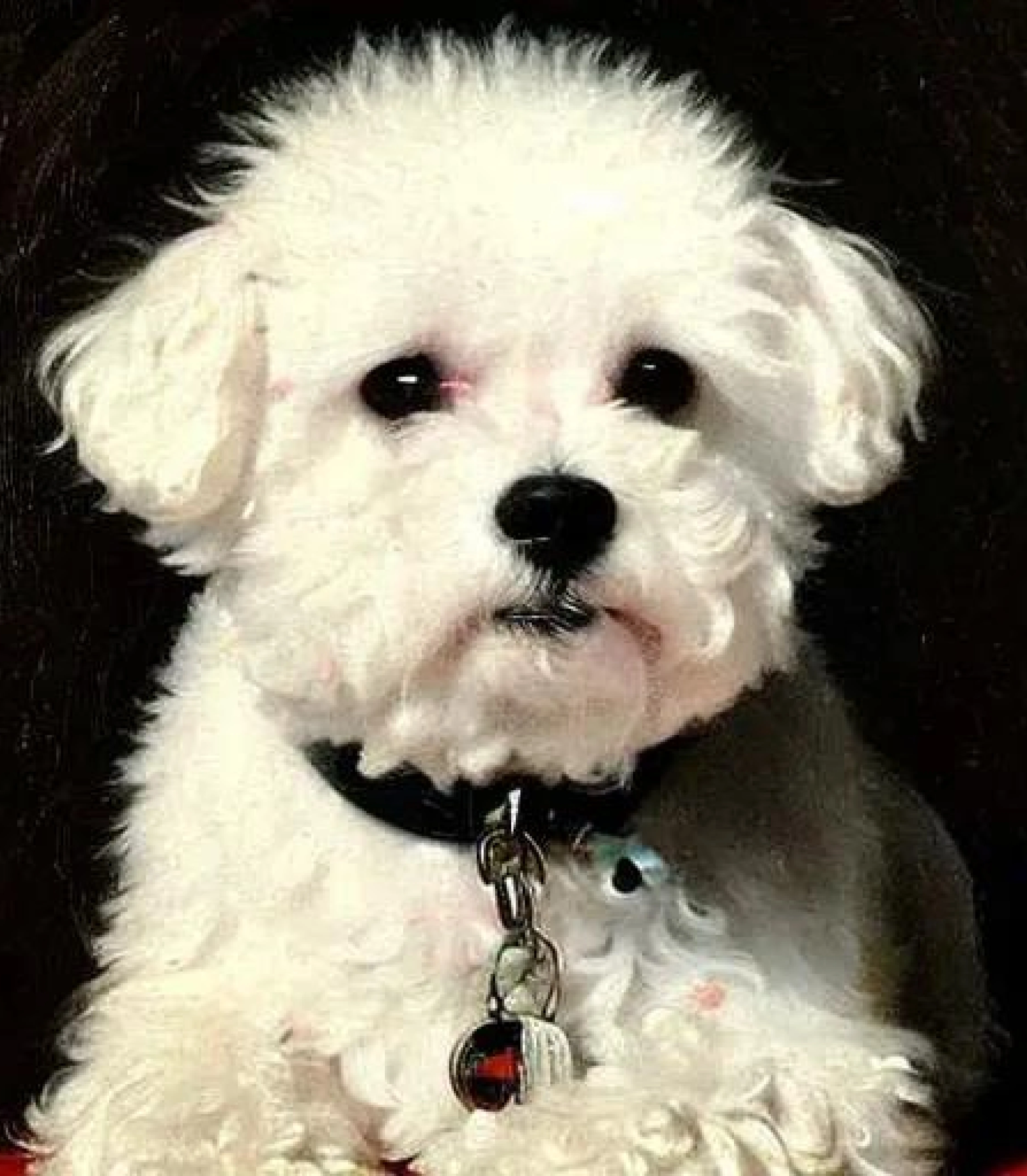
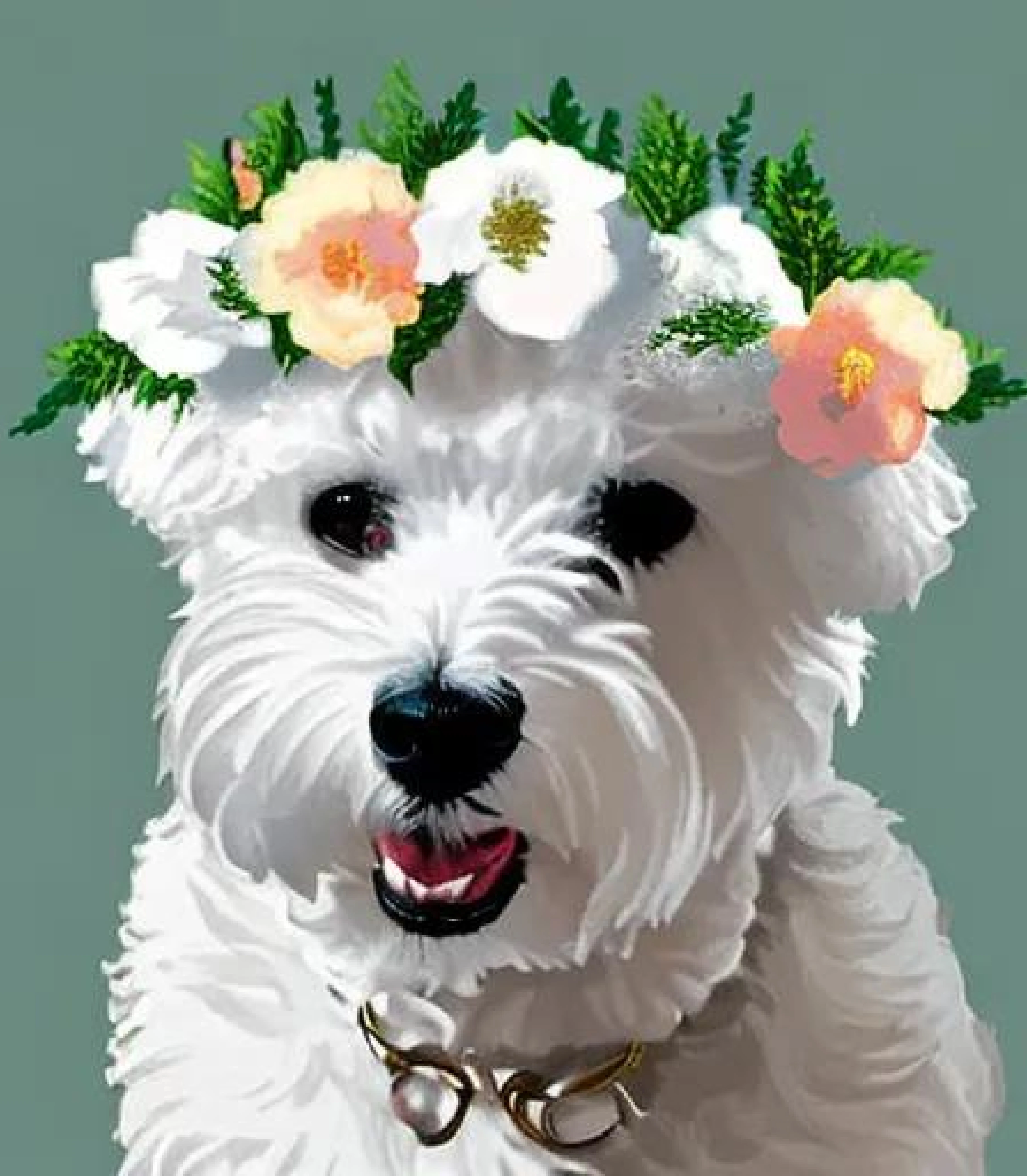
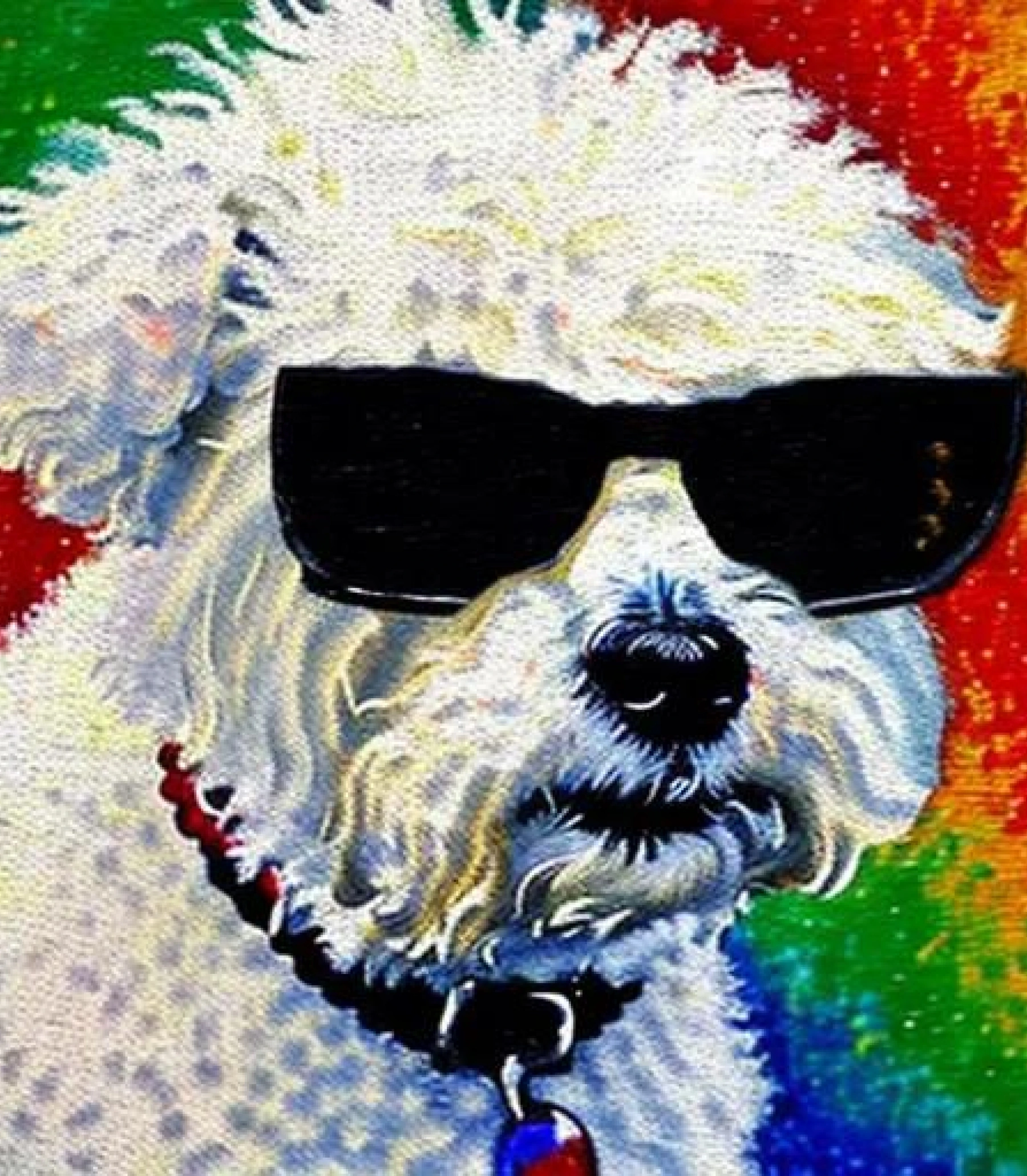

Temperament and Personality
One of the most endearing qualities of the Bichon Frise is its delightful temperament. These dogs are known for their friendly and sociable nature, making them wonderful companions for individuals and families alike. Bichons thrive on human companionship and adore being the centre of attention, which means they tend to form strong bonds with their owners.
Their cheerful and playful disposition makes them excellent pets for households with children, as they enjoy interactive play and have a knack for bringing smiles to everyone’s faces. Bichon Frises are also known for their gentle and patient nature, making them suitable for families with young kids.
Care and Grooming
The Bichon Frise’s iconic coat requires regular care to keep it looking its best. Their hypoallergenic fur consists of a double coat, with a dense and curly undercoat and a soft, wavy topcoat. Regular grooming is essential to prevent matting and keep the coat clean and healthy. Daily brushing is recommended to maintain the coat’s texture and prevent tangles. Many Bichon Frise owners opt for professional grooming services to ensure their dog’s coat is trimmed and styled correctly. However, with proper guidance and the right tools, grooming can also be done at home. Monthly bathing is usually sufficient unless the dog gets particularly dirty or smelly.
In addition to grooming, Bichon Frises require regular exercise to keep them physically and mentally stimulated. Daily walks, play sessions, and interactive toys are essential for their well-being. These dogs thrive in an environment where they receive ample attention and exercise.
Health Considerations
Bichon Frises are prone to certain health conditions. Some common issues include allergies, dental problems, patellar luxation (knee dislocation), and eye conditions such as cataracts and progressive retinal atrophy (PRA).
The Bichon Frise is an enchanting breed that offers endless love and companionship to its owners. Their charming appearance, friendly temperament, and low-shedding coat make them a popular choice for individuals and families alike, including those with allergies. While their grooming needs may require some effort, the joy and affection that a Bichon Frise brings to a home are well worth the extra care. If you’re looking for a loyal and cheerful companion who will always put a smile on your face, the Bichon Frise might just be the perfect breed for you. With their delightful personality and unwavering devotion, these fluffy white dogs will capture your heart and become a cherished member of your family. So, whether you’re strolling through a park or snuggling on the couch, the Bichon Frise will be there, ready to shower you with love and brighten your day.
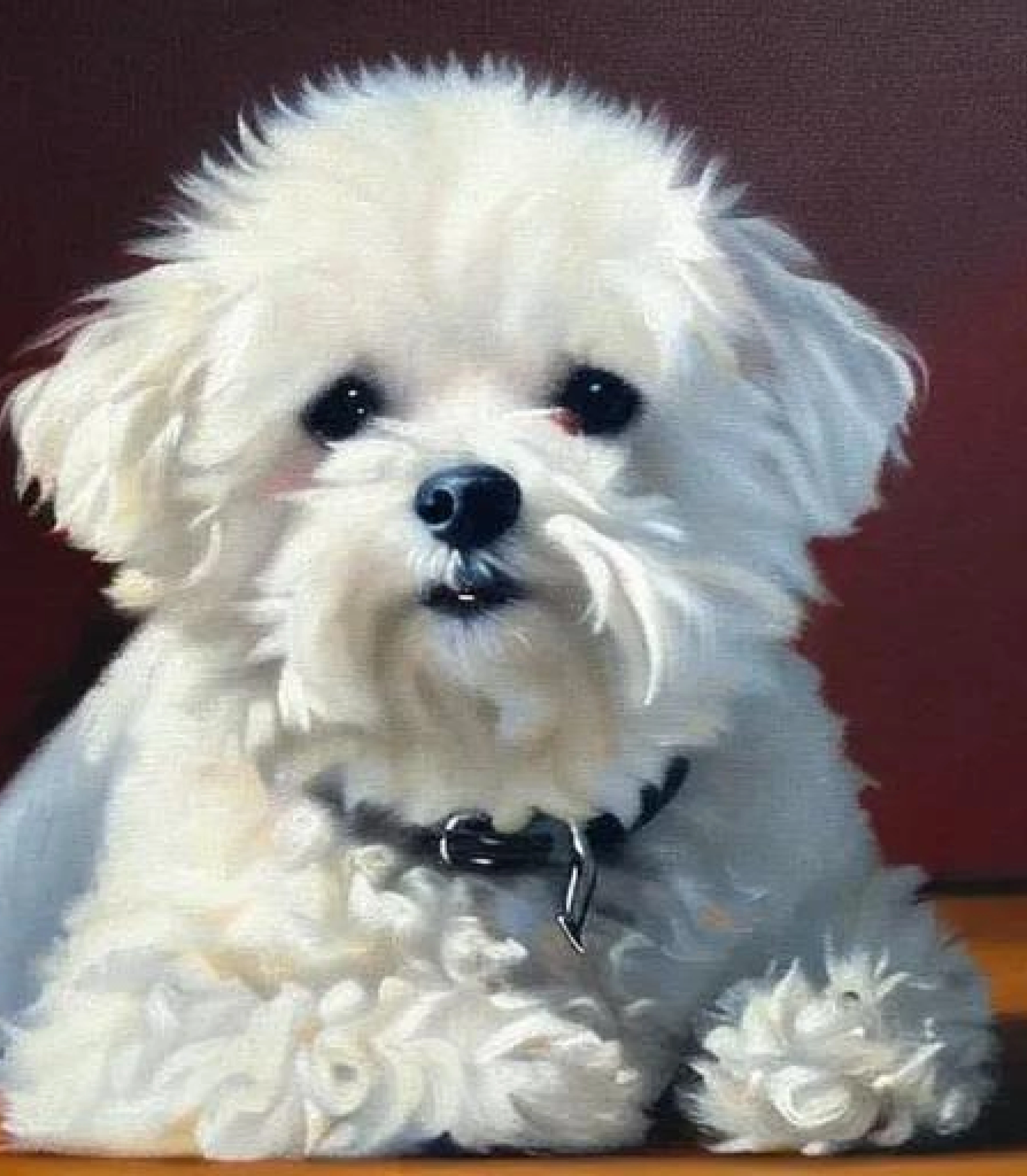
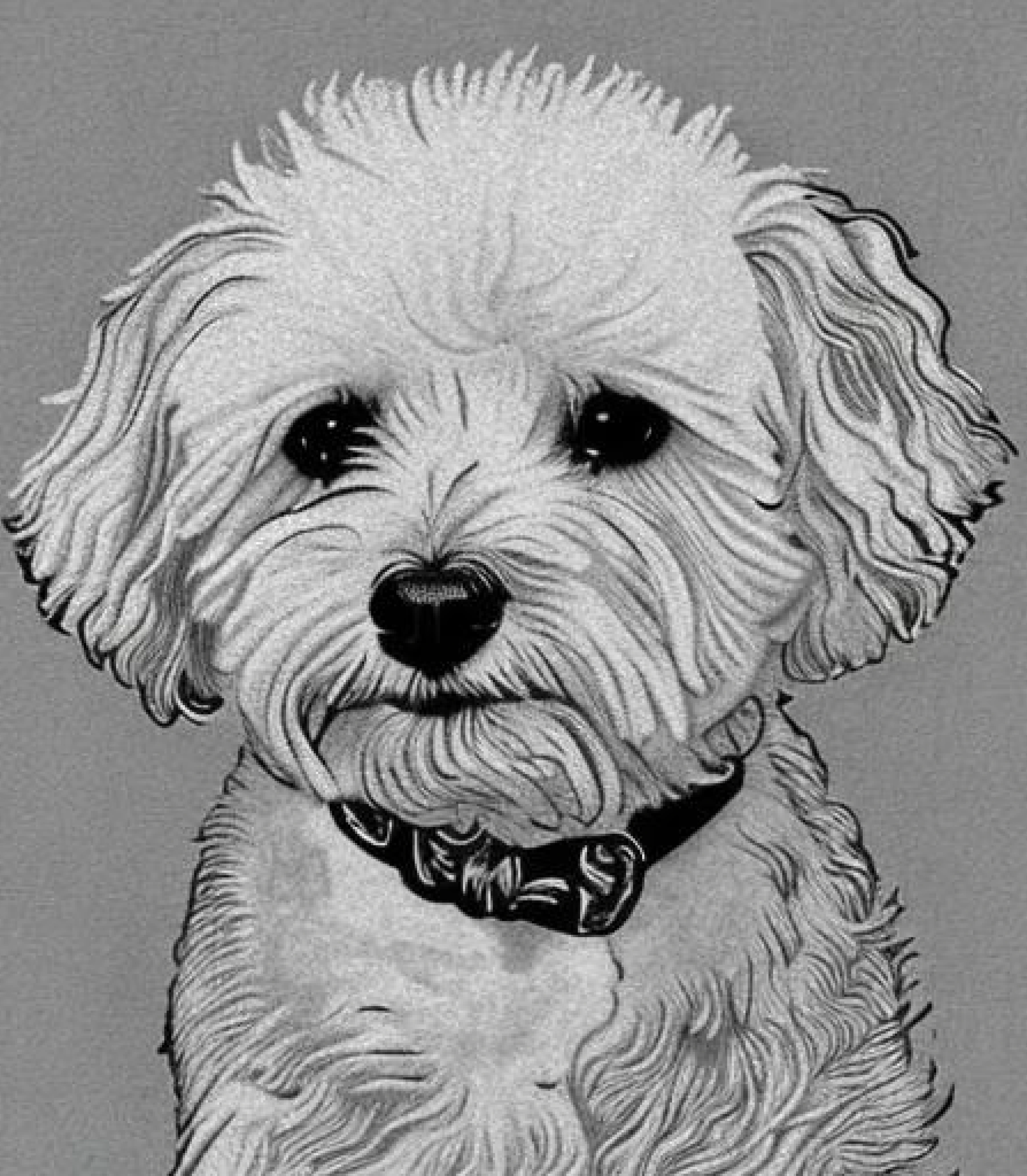
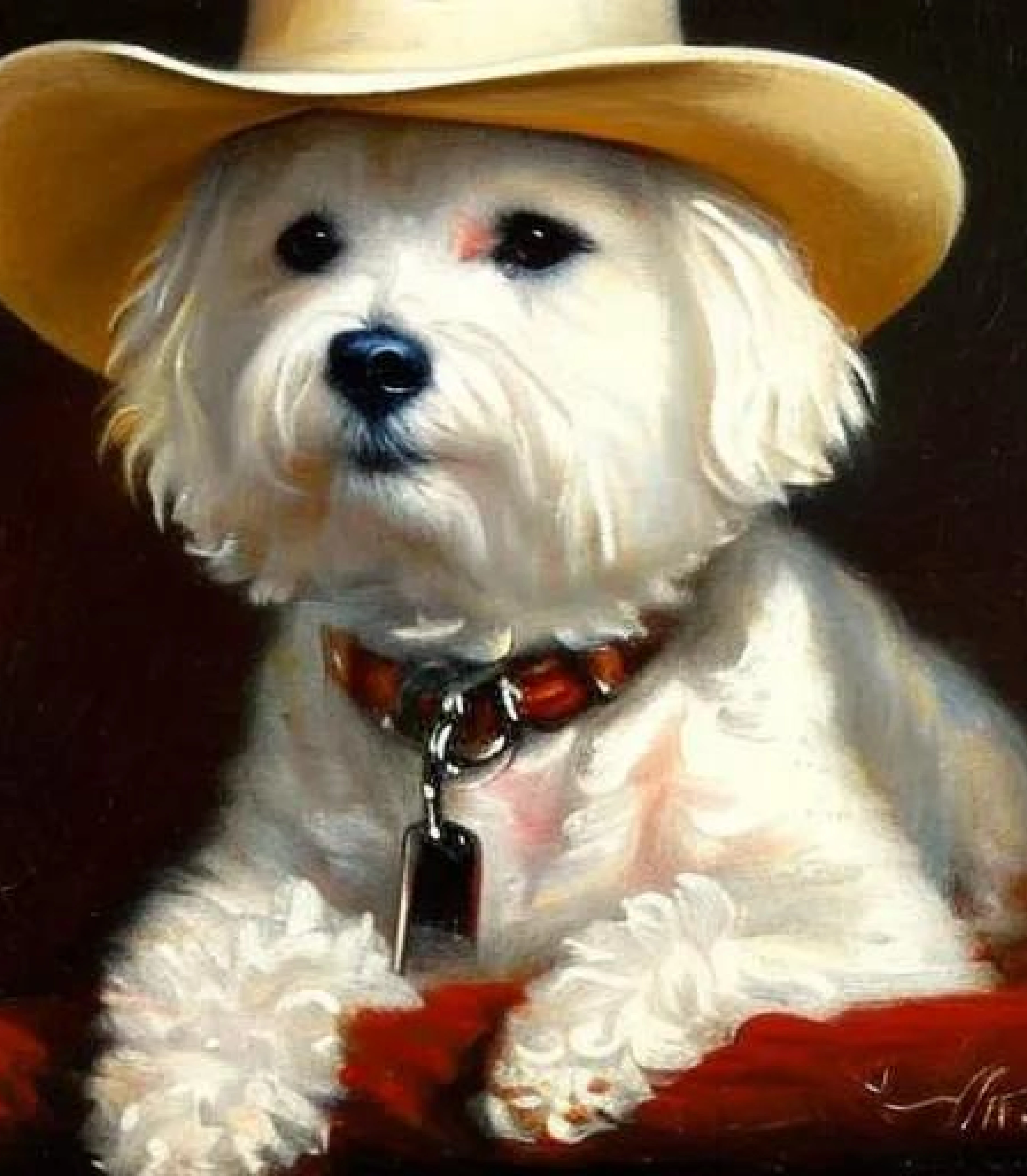
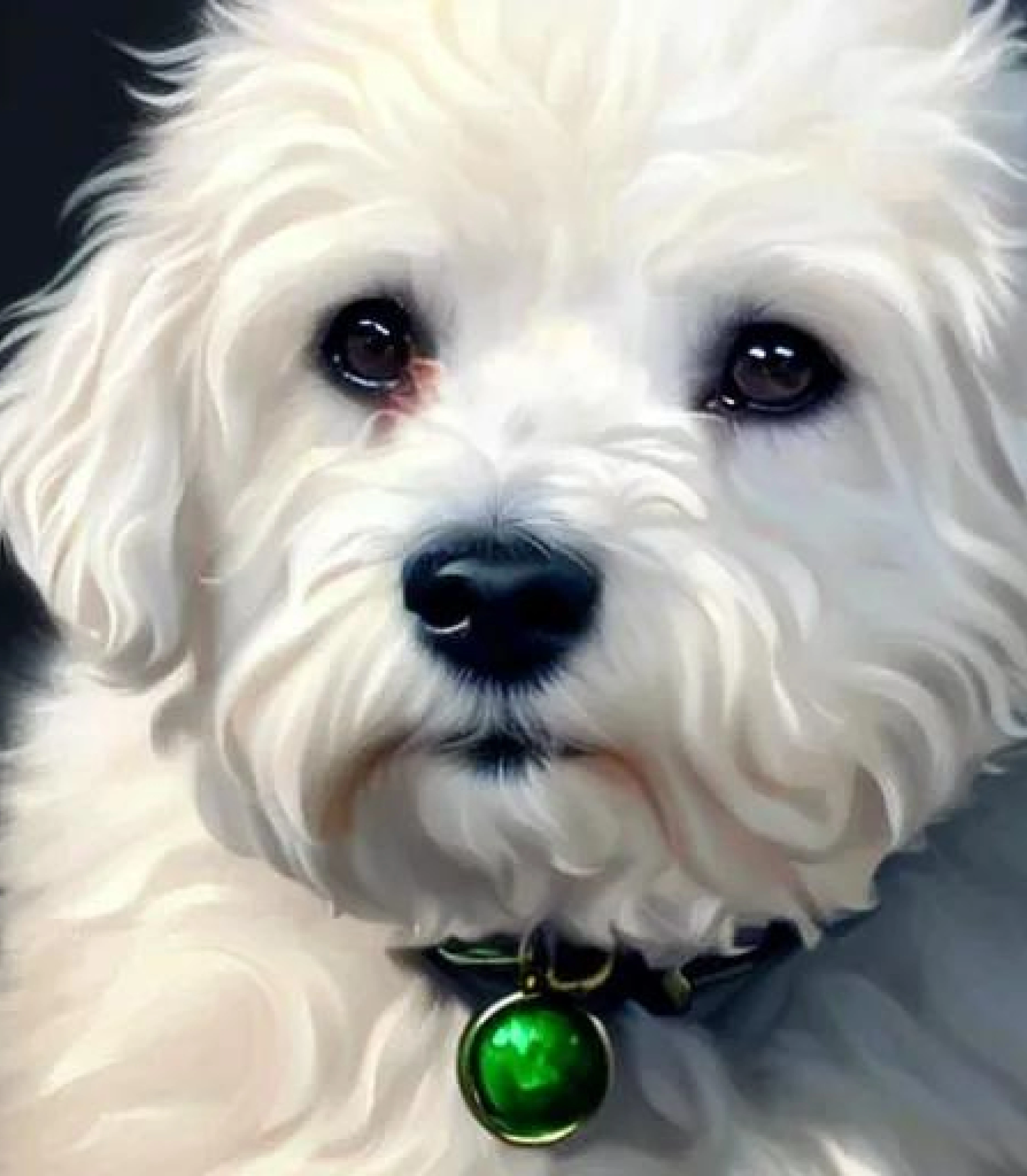
Fun Facts
Bichon Frise have a lifespan of between 12 and 15 years.
Bichon Frise have low exercise requirements, needing 30 minutes exercise a day.
There is only one breed standard colour of Bichon Frise – white. Although cream or apricot markings are acceptable up until the age of 18 months.
In the 14th century Bichon Frise were popular with the Italian nobility, who had them clipped to make them look like tiny lions.
King Henry III of France used to carry Bichon Frise wherever he went in a basket around his neck, which reportedly ladies of the court adopted as a new dog-based fashion.
The first American-born Bichon Frise litter arrived in 1956.
In the late 1800s Bichon Frises were used as circus dogs. Street entertainers found they were incredibly easy to train. Nowadays you’ll find it easy to train a Bichon Frises how to do tricks as they’re natural performers.



